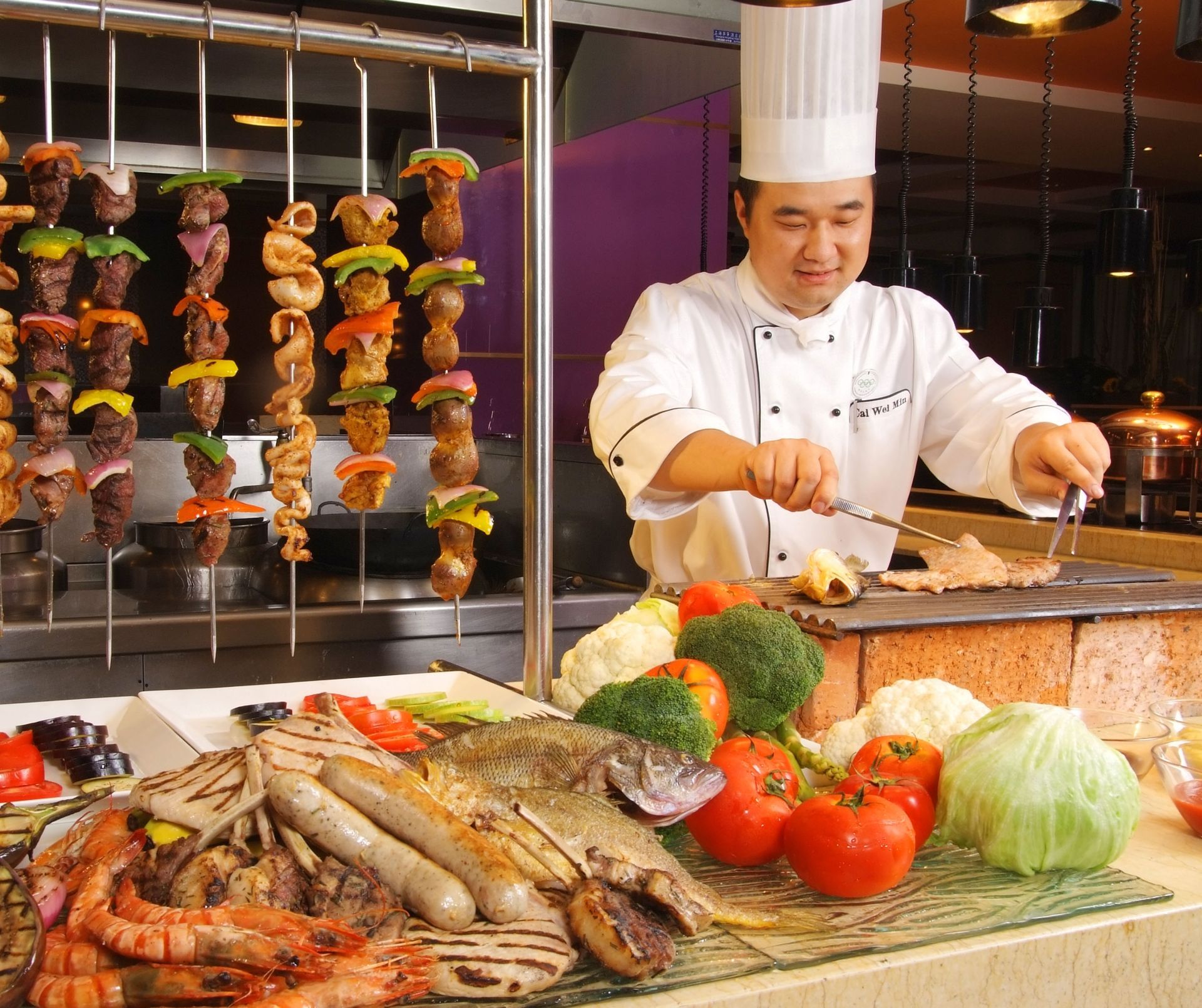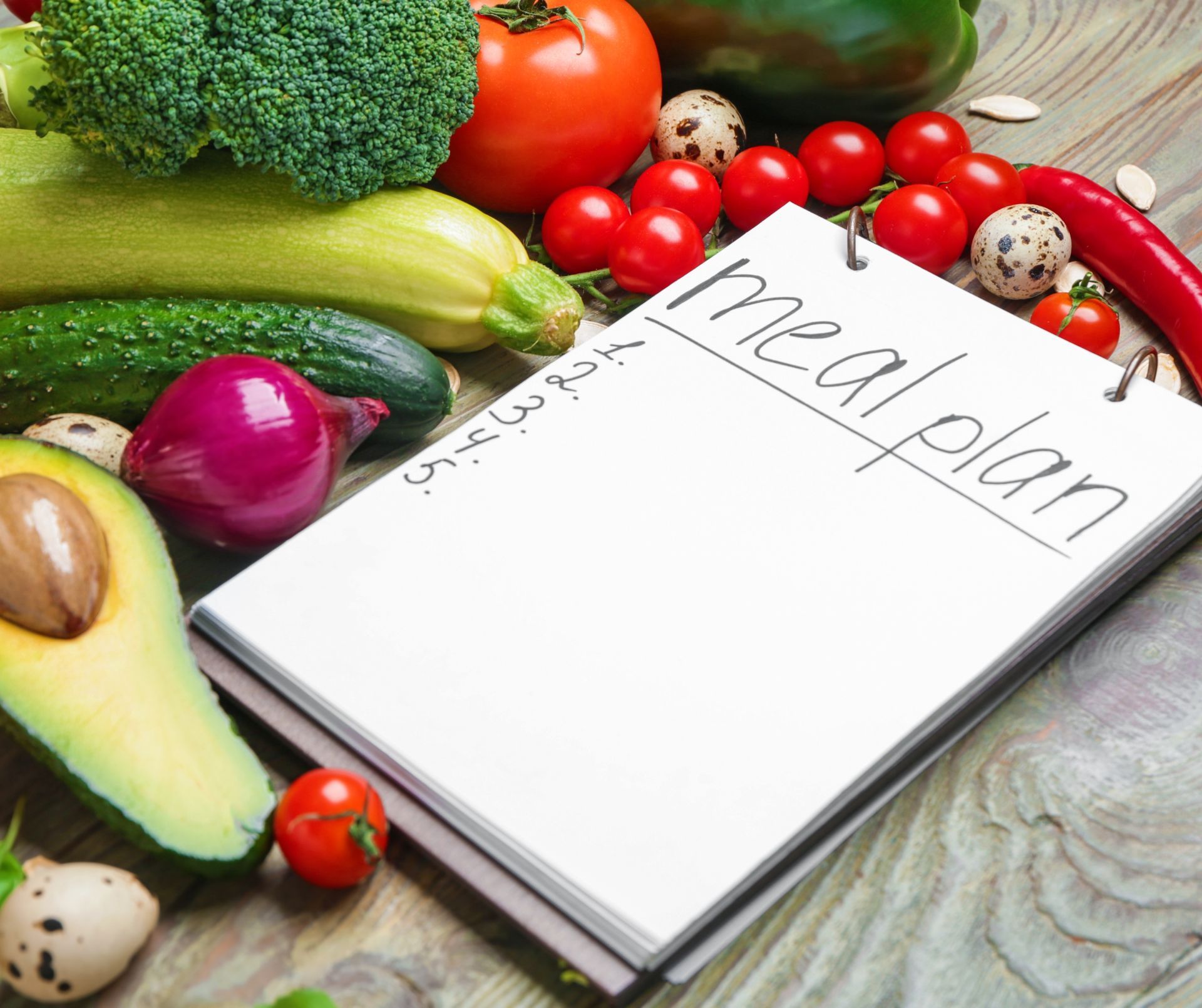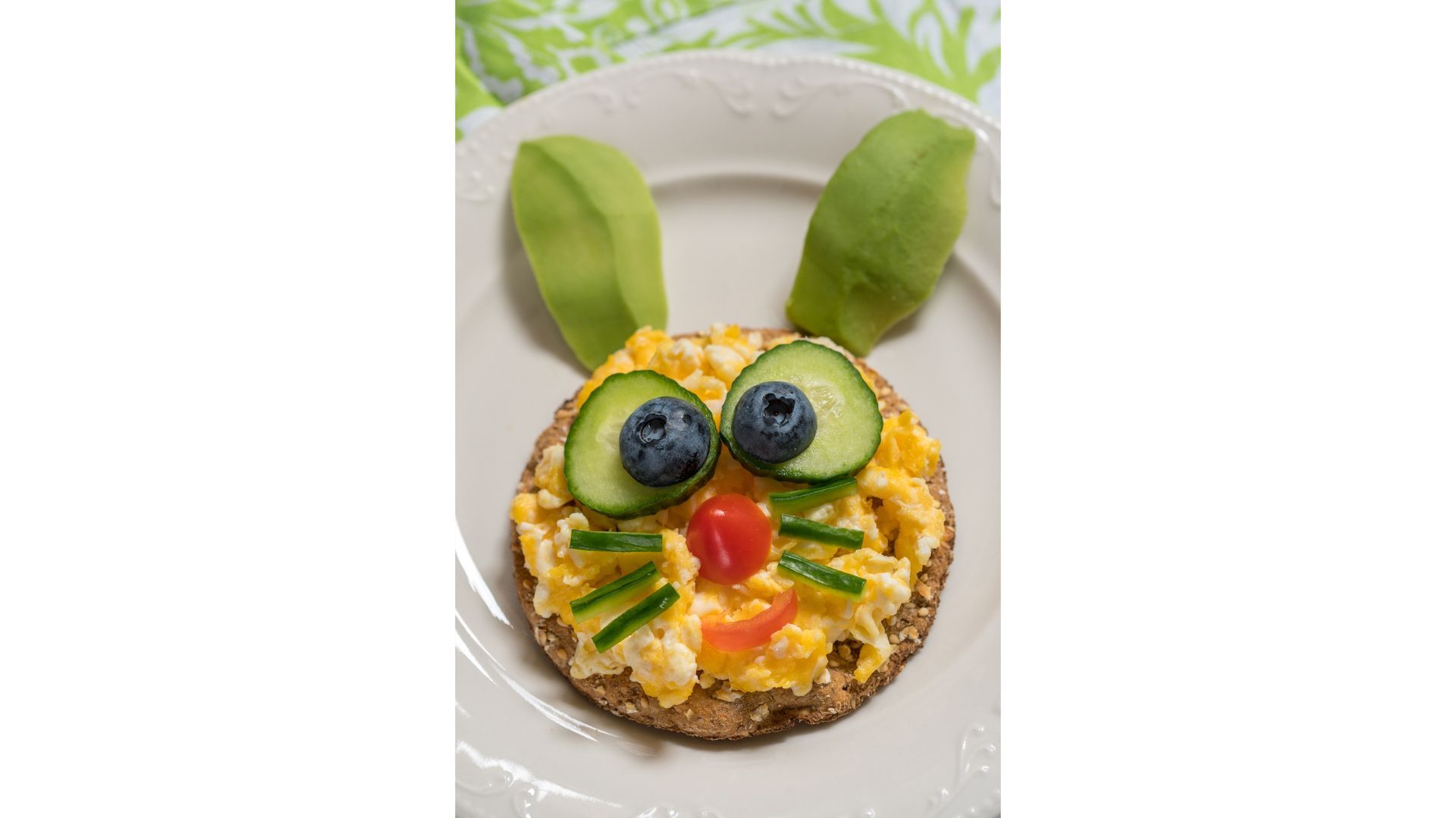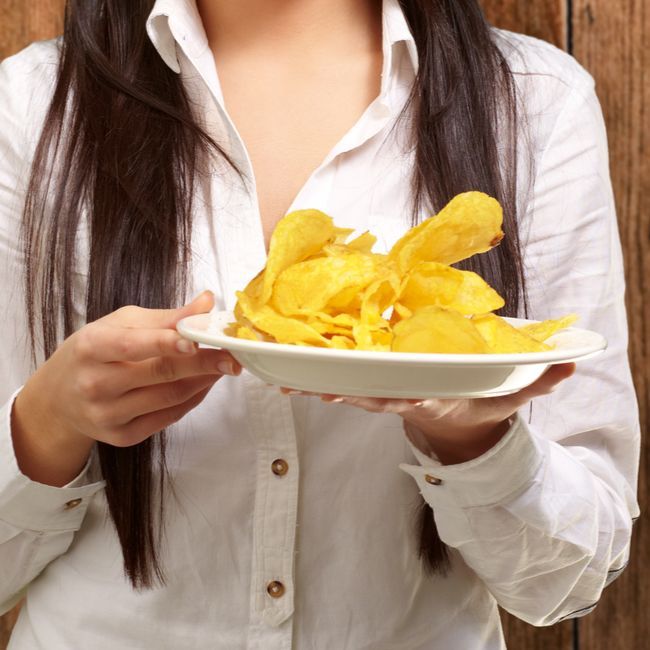Chickpea Bruschetta
Serves: 2
Prep Time: 5 Minutes
Cook Time: 0 Minutes
Nutrition: 357 cal, 15g fat, 44g carbohydrate, 14g protein
Ingredients:
2 slices wheat or 12-grain bread, toasted
1 cup (165g) chickpeas, drained
1 tbsp. tahini
½ cup (75g) cherry tomatoes, quartered
1 tbsp. parsley, chopped
1 tbsp. olive oil
1 tsp. apple cider vinegar
salt substitute & pepper
How to Prepare:
- Toast the bread on both sides.
- Place the chickpeas in a small bowl with the vinegar and tahini. Mash with a fork and season with salt substitute and pepper.
- Combine the tomatoes, parsley, and olive oil in a small bowl. Spread the chickpea mixture over the toasted bread. Top with the tomatoes and serve immediately.
For Additional Recipes: www.weightwellnessonline.com











